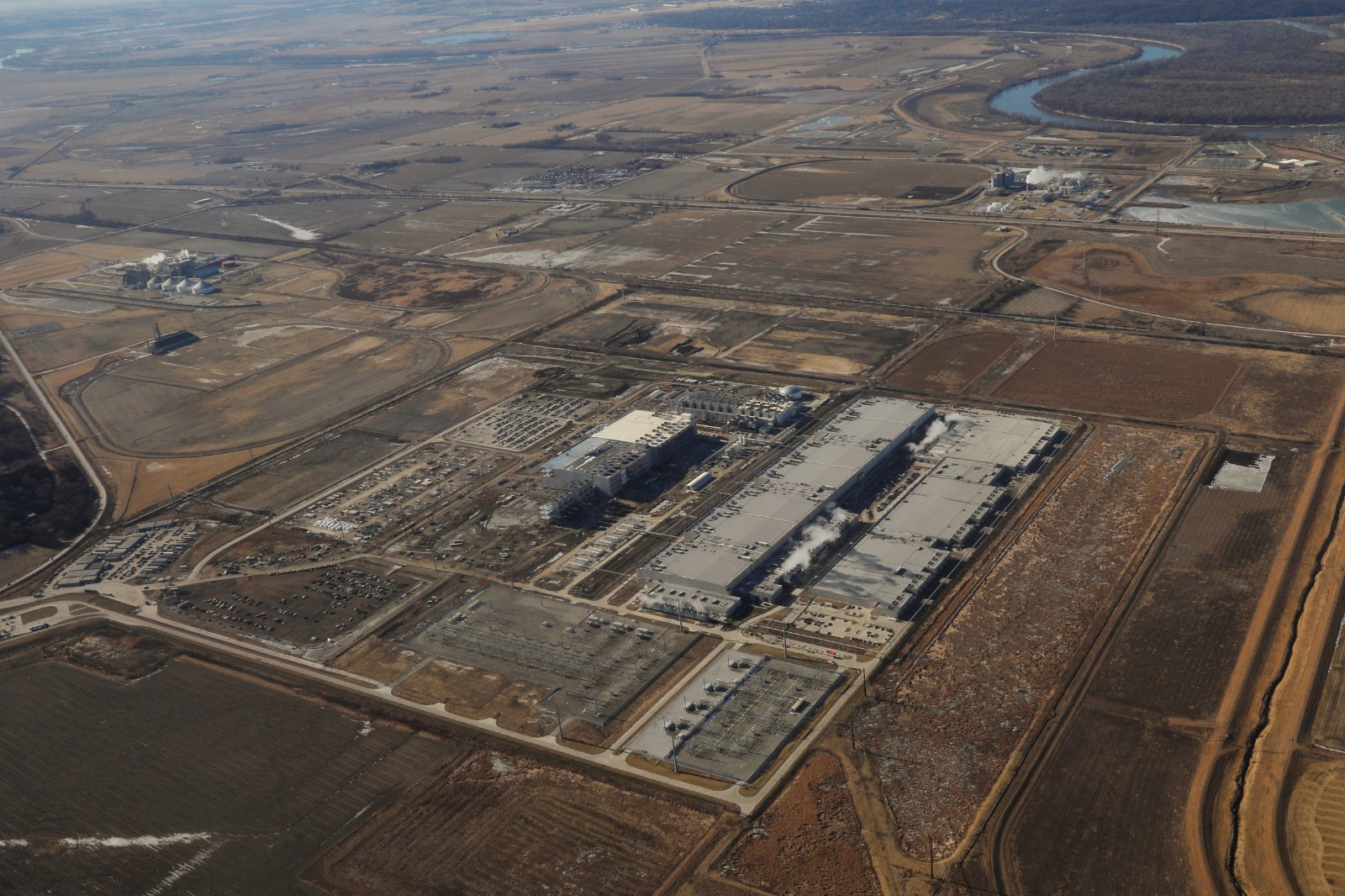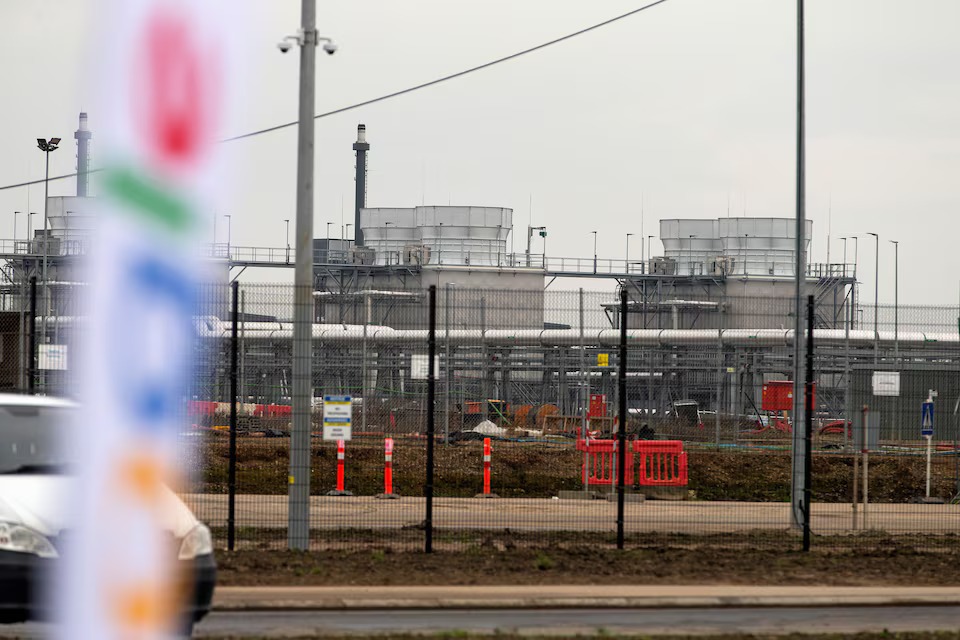Emerging Data Center Trends for 2025
The landscape of data centers is undergoing a profound evolution. As demand for digital services, artificial intelligence (AI), and high-performance computing continues to grow, 2025 marks a pivotal year for trends that will redefine how data is stored, cooled, powered, and managed.
1. AI-Driven Infrastructure Growth
AI workloads—particularly generative models and training systems—are fueling a surge in hyperscale and edge data facilities. Demand is projected to support more GPU-dense server setups, pushing infrastructure to adapt for high-performance computing (HPC) needs.
2. Liquid & Immersion Cooling Becomes Standard
Traditional air cooling can't keep pace with rising power densities. Liquid cooling—including direct-to-chip and immersion systems—is rapidly being adopted. Especially for AI workloads, these methods are essential to maintain efficiency and control thermal output.

3. Energy Capacity & Grid Constraints
With AI data centers expected to double power demand, operators face pressures from aging grids. Bottlenecks in energy transmission threaten development timelines, leading to interest in more reliable power sources like natural gas peaker plants, battery storage, and even nuclear options such as SMRs.
4. Rise of Renewables and Nuclear Integration
To balance carbon goals with reliability, operators are combining renewables (solar, wind, hydro) with nuclear energy—particularly small modular reactors. These blended energy deployments aim to sustain the high loads of modern data centers while reducing environmental impact.

5. Sustainability & Decarbonization Initiatives
With data centers accounting for 3–5% of global electricity consumption, industry-wide commitments to efficiency are imperative. Operators are implementing renewable PPAs, improving water usage, recycling waste heat, and targeting lower Power Usage Effectiveness (PUE) and Carbon Usage Effectiveness (CUE) metrics.
6. Modular, Micro & Edge Deployment
The shift toward micro-data centers and modular deployments is driven by latency-sensitive applications and IoT. Edge computing—processing data near its source—is becoming essential in distributed networks, bringing performance and privacy benefits.
7. Advanced Network Designs
Emerging reconfigurable data center networks (RDCNs) dynamically adapt topology—some even automatically—to optimize traffic flow. Enabled by optical-switching hardware, this approach helps manage the massive and variable data throughput in modern infrastructures.
8. Multi-tiered Security & Cyber Resilience
As facilities scale and diversify, data center security must evolve. Multi-layered approaches are essential—from AI-based threat detection to encryption and physical safeguards—to protect increasingly complex and distributed environments.

9. Financing & Strategic Realignment
Rising asset values (~$170 billion in 2025) highlight both investment opportunities and shifting capital strategies. While hyperscale build-outs accelerate, many existing operations face a slower pace of asset trading due to financing challenges.
10. Geographic Shifts in Site Selection
Data center locations are migrating to areas with stable, inexpensive energy—whether renewable-rich regions like the Nordics/Scotland or developing hubs such as Southeast Asia and Australia. Some governments are fast-tracking approvals to capitalize on AI-related economic gains.
Final Thoughts
Data centers in 2025 aren’t just warehouses of servers—they’re advanced ecosystems shaped by AI workloads, environmental imperatives, and infrastructure innovation. Liquid and immersion cooling, renewable and nuclear power, dynamic network architectures, and edge computing form the blueprint for next-gen operations. Sustainability, resilience, and adaptability are no longer aspirational—they’re essential.
For businesses and investors, staying ahead means embracing technological, environmental, and strategic shifts—from cooled racks to micro data hubs near users. As the digital demand wave continues, data centers will evolve not just as facilities, but as critical nodes powering our digital future.
